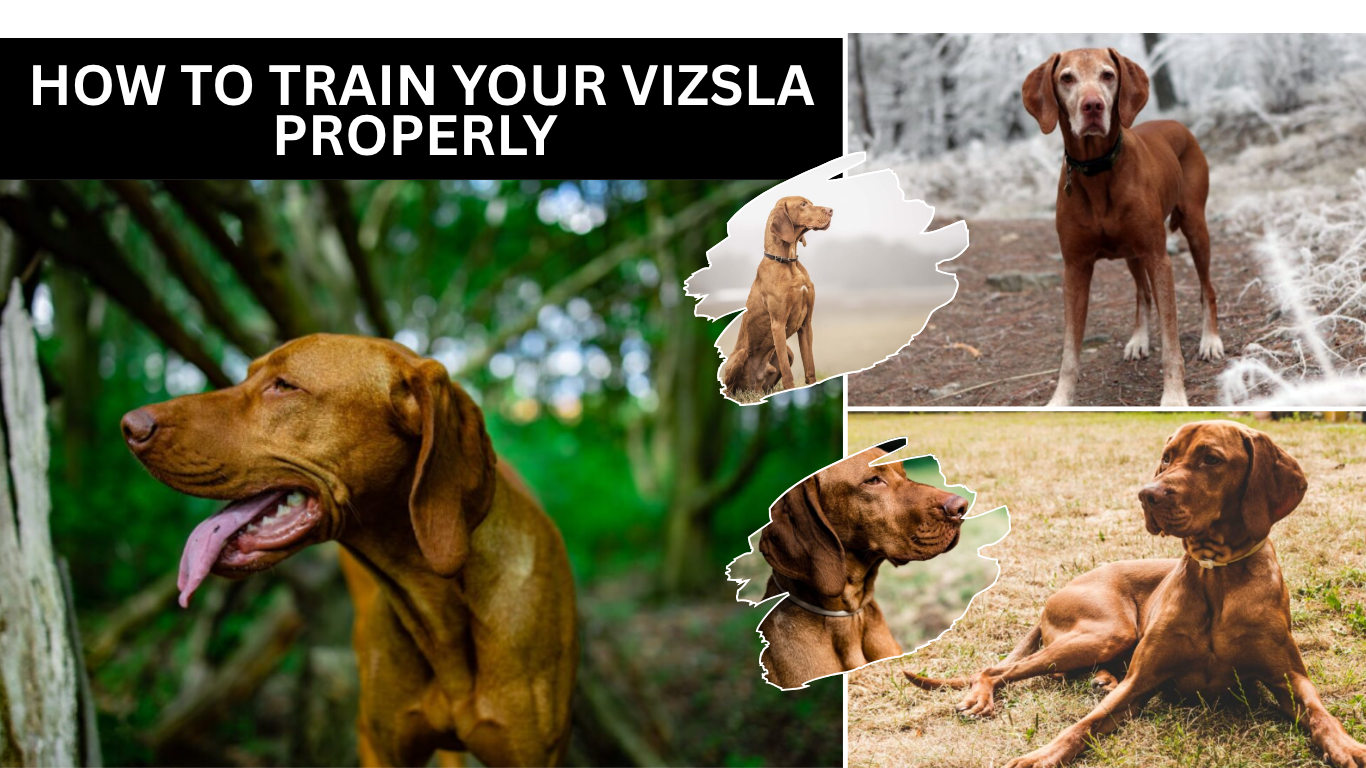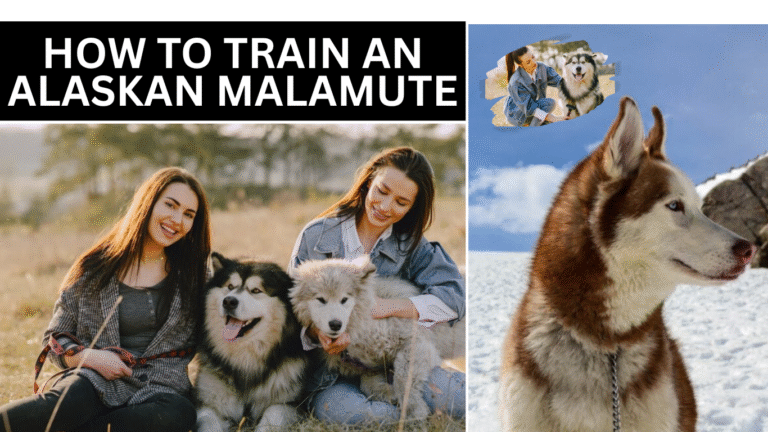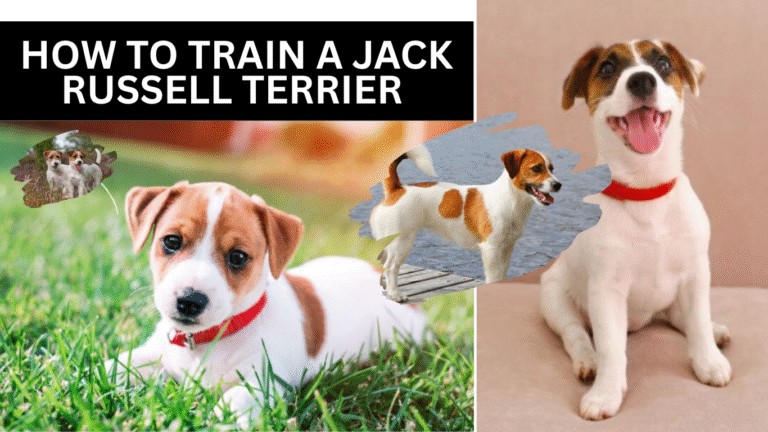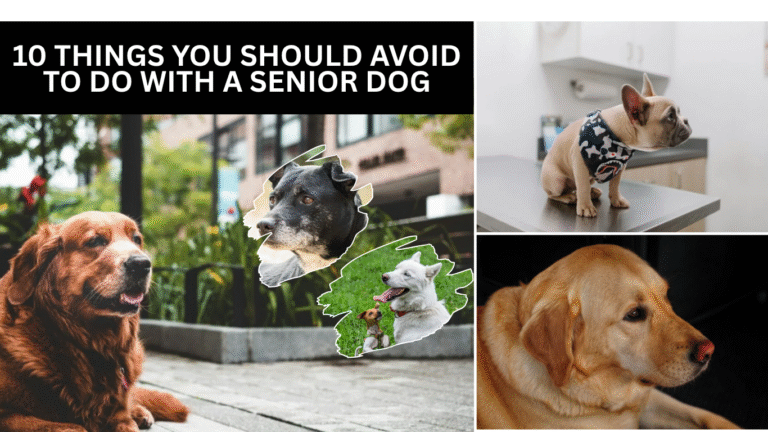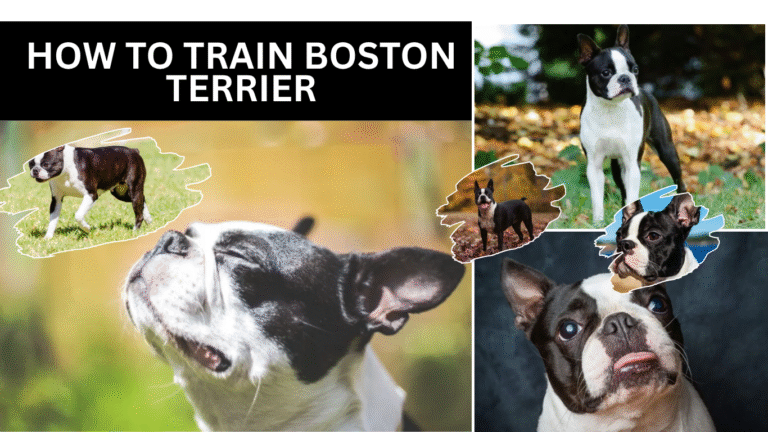How To Train Your Vizsla Properly
If you’re thinking about training a Vizsla , you should know that these dogs are full of energy, very smart, and extremely loyal. They are not low-maintenance pets. You need to match their energy and be ready to give them lots of attention. From my experience, when you guide their energy the right way, your pup can learn quickly and become a wonderful, obedient companion.
Vizslas: The Velcro Dog (And Why That’s Both a Blessing and a Curse)

Vizslas love being near you all the time, which is why people call them “Velcro dogs.” Your pup will want to follow you everywhere and even try to sit on your lap, no matter how big they are. This is great for training because they want to please you. But you need to remember that if they are left alone too long, they can get anxious. Teaching them to be calm when alone is very important.
Establishing the Basics: Setting the Foundation

You should start training your Vizsla with basic commands like “sit,” “stay,” and “come.” These are the foundation for everything else. Your pup will likely learn fast, but they can notice when you are inconsistent. From my experience, keeping training sessions short, about five to ten minutes, works really best. You should also make it fun by mixing in playtime, like a quick run or a small game of fetch, so your dog stays interested and active.
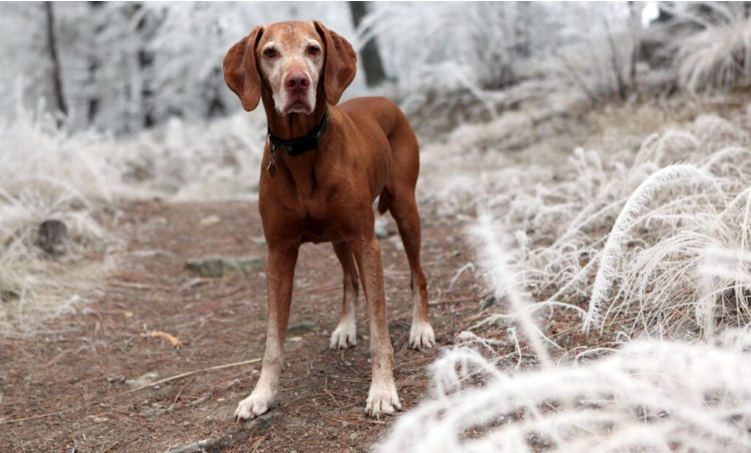
Channeling the Energy: Exercise Is Non-Negotiable
Vizslas have a lot of energy, and you need to make sure they get enough exercise. A short walk around the block won’t be enough. Your pup needs running, hiking, or even agility exercises. If they don’t get enough activity, you may come home to chewed furniture or a messy yard. From my experience, giving your Vizsla both physical and mental challenges keeps them happy and well-behaved.
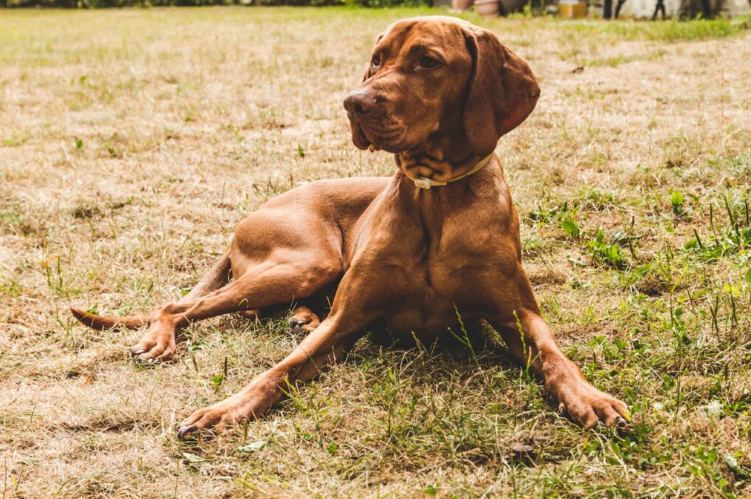
Socialization: The Key to a Well-Rounded Vizsla
Even though Vizslas are friendly, your pup still needs to be socialized. You should start introducing them to different people, other dogs, and new places when they are young. Controlled socialization is important—you don’t want to overwhelm them. From my experience, pups that are slowly introduced to new experiences become confident, friendly, and easy to take anywhere.
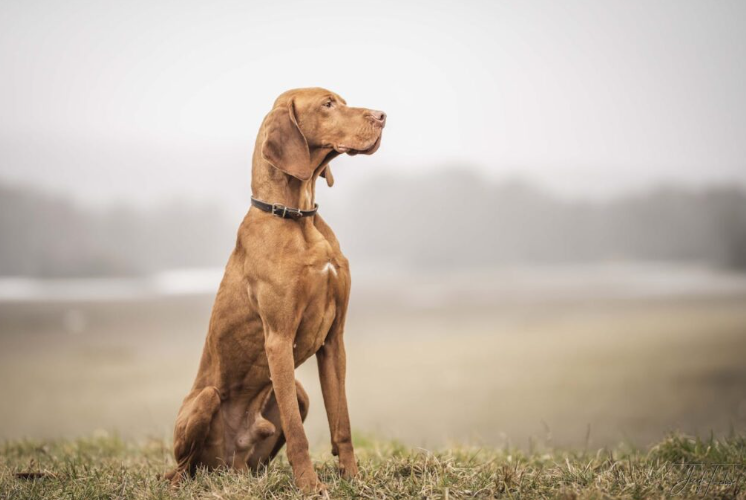
Dealing With Separation Anxiety: A Common Vizsla Problem

Because they love being close to you, Vizslas can get separation anxiety. You need to teach your pup to be okay when you’re not around. Crate training works well—your pup should see it as a safe, comfortable space. Start with short periods and increase the time slowly.
You should also keep coming and going low-key, so your dog doesn’t get too nervous. Gradually leaving them alone for longer times helps your pup understand that you will always come back.
Patience, Persistence, and a Whole Lot of Love
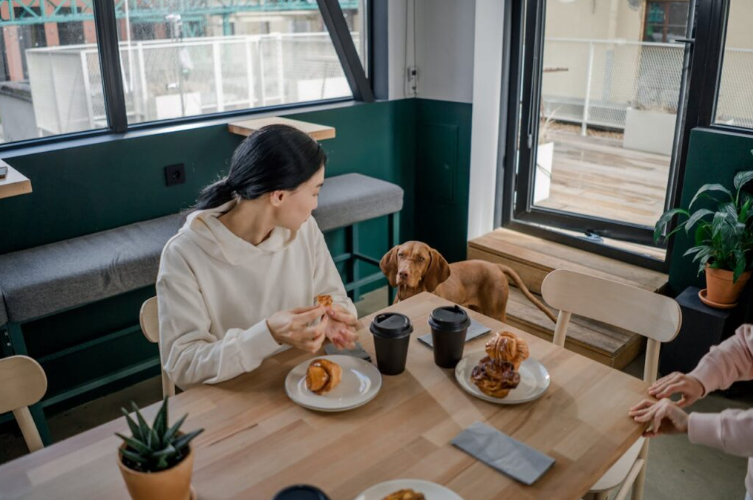
Training a Vizsla takes patience. You should be gentle, firm, and consistent. These dogs are sensitive, so harsh methods don’t work. Your pup needs fun, short, and interactive training sessions. From my experience, consistency and love are the keys. They will learn quickly but may test limits, so you need to stick with it and stay positive.
Final Thoughts of Train Your Vizsla Properly
Training a Vizsla is not easy, but it’s very rewarding. Your pup can learn obedience, agility, and become a perfect companion for active people or families. You should see your Vizsla as a partner in adventure, always ready to run, play, and explore. With patience, love, and daily energy outlets, your dog will be happy, loyal, and full of life.

